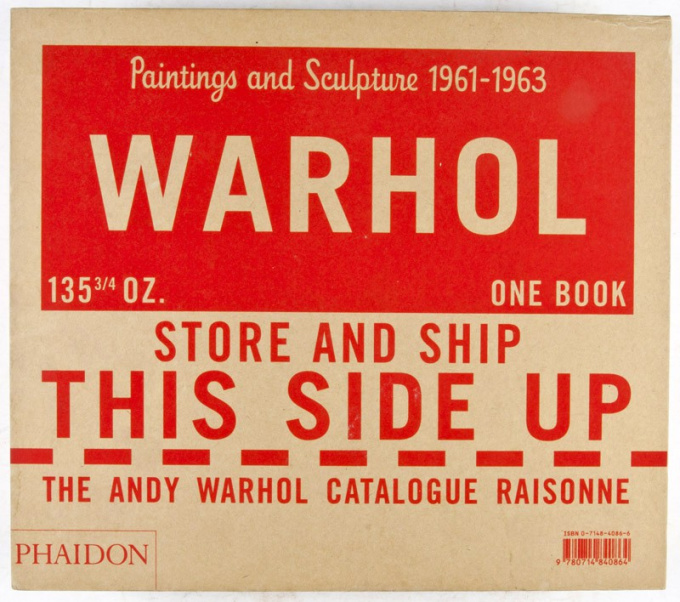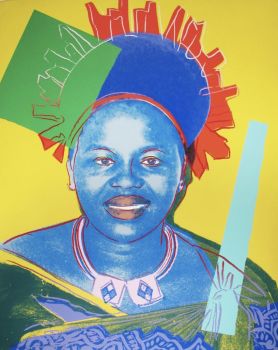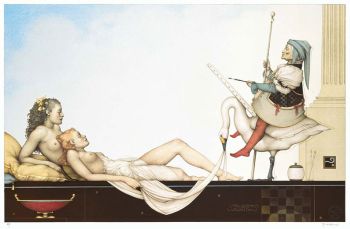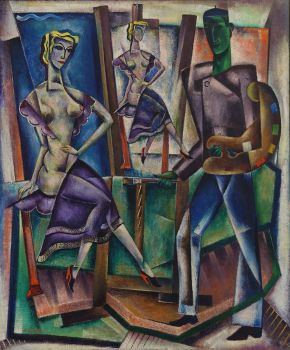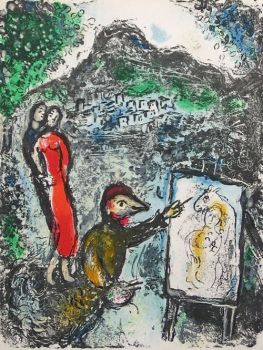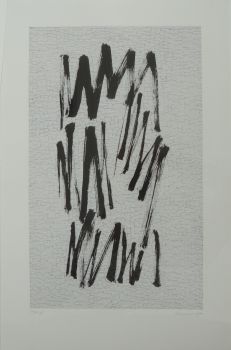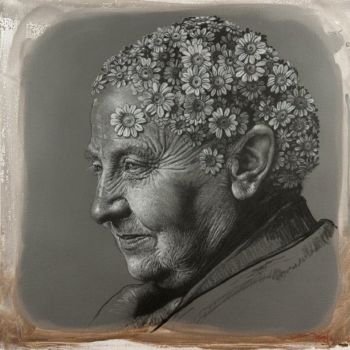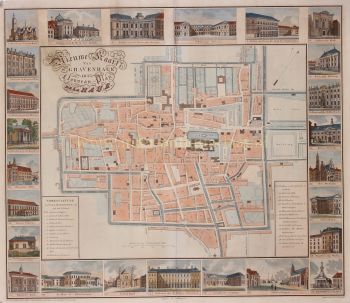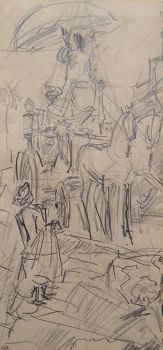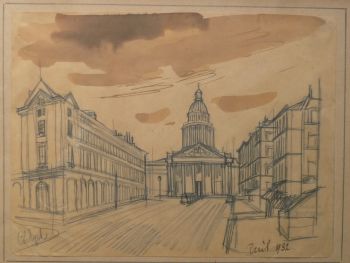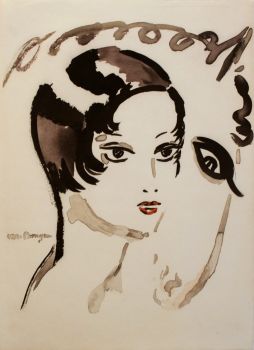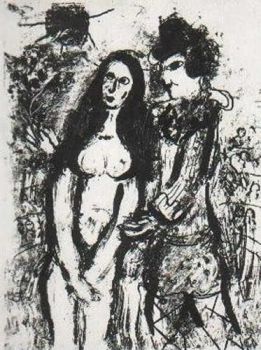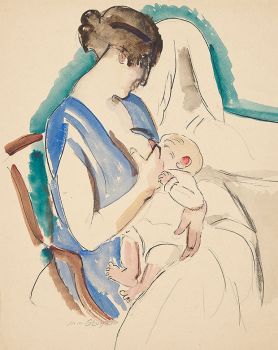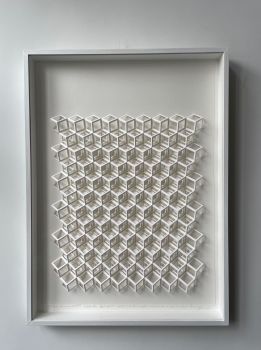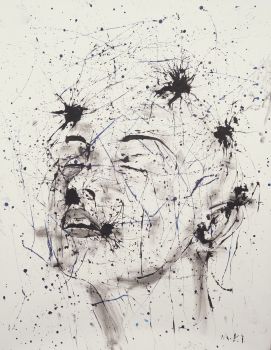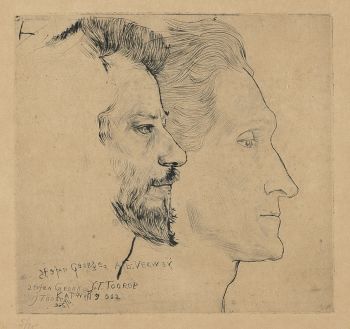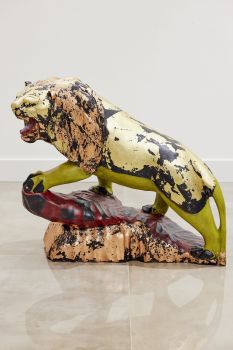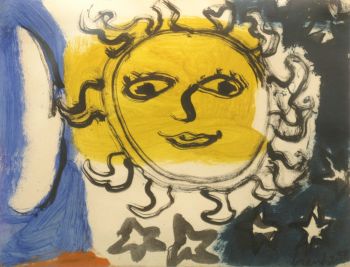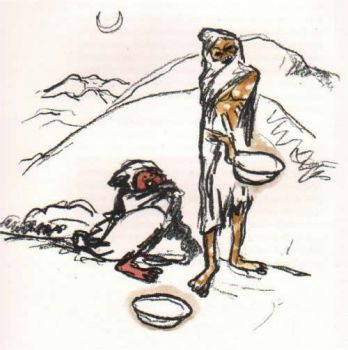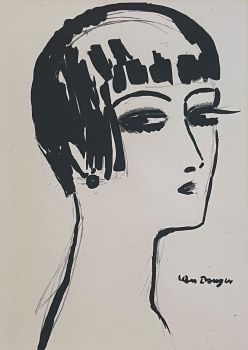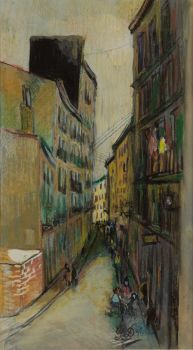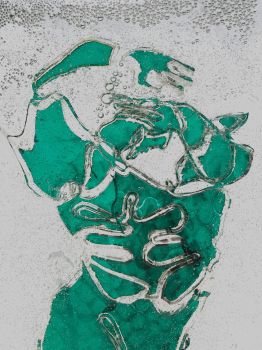Andy Warhol. Catalogue Raisonné. Paintings and Sculptures 1961-1963. Volume 1 2002
Andy Warhol
Paper
25 ⨯ 29 cm
Currently unavailable via Gallerease
Scriptum Art Books
- About the artworkWARHOL - Frei, George & Thomas Printz; March 2002, (29 x 25 cm), 512 pp. English text, 696 colour ills., 131 b/w. ills., hardcover in carton slipcase.
Andy Warhol (1928-1987) is one of the most iconic figures of twentieth-century art, a highly enigmatic personality who not only altered the definition of art but also left in his wake a vast and staggeringly complex record of his daily activities. The Andy Warhol Catalogue Raisonné, the definitive record of the artist's paintings, sculptures and drawings, cover some 15,000 works produced by Warhol between 1948 and 1987. Also included is an incredible array of rarely published source material, including newspaper scraps and movie star publicity stills that inspired Warhol's boundlessly fascinating life and career. Andy Warhol Catalogue Raisonné was initiated in 1977 by Thomas Ammann. The editors Georg Frei and Neil Printz began primary research in 1993 and have been advised throughout the project by the distinguished curators and art historians Kynaston McShine and Robert Rosenblum. Experts from the Andy Warhol Foundation personally examined the vast majority of Warhol's works and began a thorough review of his archive, which at his death consisted of some 1,500 cardboard boxes, flat files, and trunks filled with source material, memorabilia, correspondence and junk mail. The editors examined works in museum conservation facilities and discussed them with conservators, submitted works for review by the Andy Warhol Art Authentication Board, and interviewed Warhol's assistants and colleagues to assemble a customized database of works unparalleled in Warhol scholarship. All of their findings are documented in this unprecendented project. Each annotated catalogue entry includes the works title, date, medium, dimensions and present owner, followed by a record of inscriptions, provenance, exhibitions and literature. Related works are linked by general introductory texts that explore historical circumstances, shared themes and studio practices. Supplementary figures to the texts illustrate source materials that Warhol appropriated for his works: newspaper articles and advertisements, soup cans and publicity stills, as well as related drawings, works by other artists, and studio and exhibition views. Volume 1 includes classic and much-prized Warhols such as the Campbell Soup paintings, images of the iconic figures of Marilyn, Liz and Elvis, and early self-portraits. - About the artist
Andy Warhol was born Andrew Warhola on August 6, 1928, in Pittsburgh. He received his B.F.A. from the Carnegie Institute of Technology, Pittsburgh, in 1949. That same year, he moved to New York, where he soon became successful as a commercial artist and illustrator. During the 1950s, Warhol's drawings were published in Glamour and other magazines and displayed in department stores. He became known for his illustrations of I. Miller shoes. In 1952, the Hugo Gallery in New York presented a show of Warhol's illustrations for Truman Capote's writings. He traveled in Europe and Asia in 1956.
By the early 1960s, Warhol began to paint comic-strip characters and images derived from advertisements; this work was characterized by repetition of banal subjects such as Coca-Cola bottles and soup cans. He also painted celebrities at this time. Warhol's new painting was exhibited for the first time in 1962, initially at the Ferus Gallery, Los Angeles, then in a solo exhibition at the Stable Gallery, New York. By 1963, he had substituted a silkscreen process for hand painting. Working with assistants, he produced series of disasters, flowers, cows, and portraits, as well as three-dimensional facsimile Brillo boxes and cartons of other well-known household products.
Starting in the mid-1960s, at The Factory, his New York studio, Warhol concentrated on making films that were marked by repetition and an emphasis on boredom. In the early 1970s, he began to paint again, returning to gestural brushwork, and produced monumental portraits of Mao Tse-tung, commissioned portraits, and the Hammer and Sickle series. He also became interested in writing: his autobiography, The Philosophy of Andy Warhol (From A to B and Back Again), was published in 1975, and The Factory published Interview magazine. A major retrospective of Warhol's work organized by the Pasadena Art Museum in 1970 traveled in the United States and abroad. Warhol died February 22, 1987, in New York.
Are you interested in buying this artwork?
Artwork details
Related artworks
- 1 - 1 / 1
Yoko Ono
YOKO ONO: "ARISING" SIGNED BOOK PLUS SMALL ARTWORK 2010 - 2014
Price on requestGallerease Selected
Hermann Nitsch
"UNDER MY SKIN" Signed book incl. small artwork and DVD in a matching box2010 - 2014
Price on requestGallerease Selected
Antonie Derkinderen
Memory book Exhibition of Dutch Painting1892
Price on requestKunsthandel Pygmalion
1 - 4 / 22- 1 - 4 / 7
- 1 - 4 / 24

